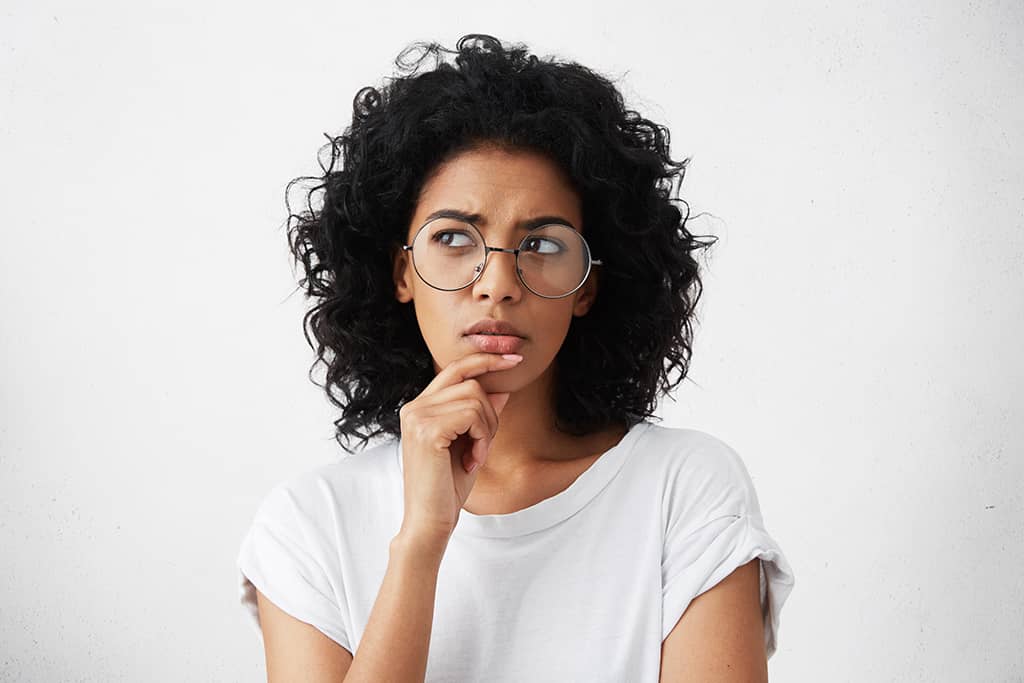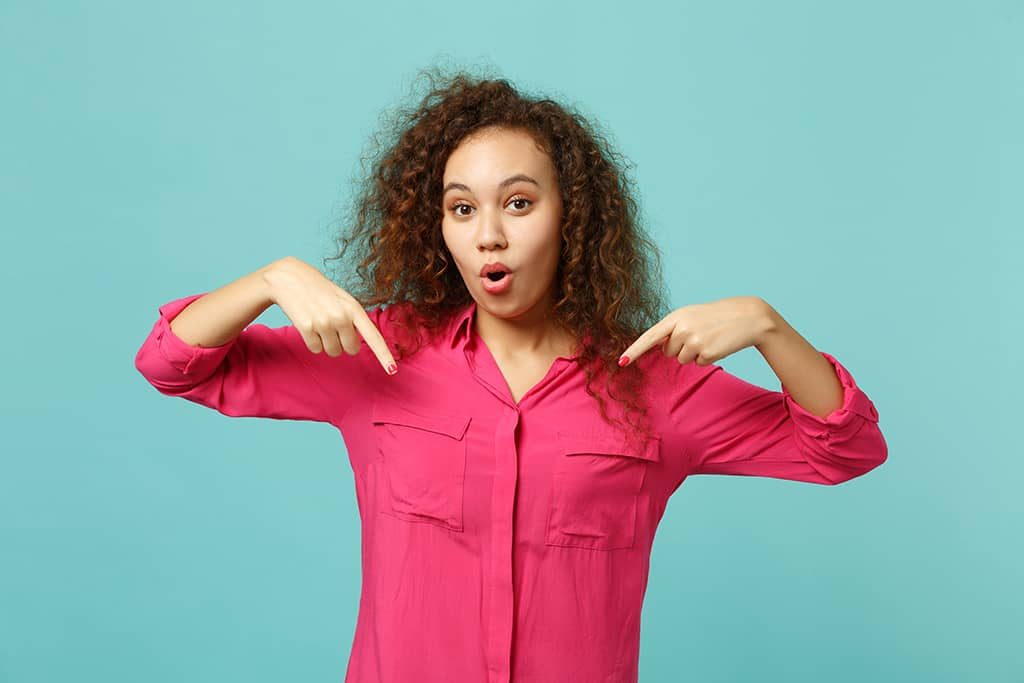
An age-old question with a simple answer but yet complicated.
So, let’s take a deep dive into hair texture types so that you can get a picture of this phenomenon yourself.
Hair Texture and Ethnicity
Now you might wonder what hair texture is related to ethnicity, right?
Well, it does. Hair texture, including the color of your hair, depends on the race of your Father and Mother.
Read Also
Curly Hairstyles
Straight Hairstyles
Hairstyle Trends
Bridal Hairstyles
Teen Hairstyles
Hair Extension
Caucasian Styles
Hair Jewelry
Bob Hairstyles
Long Hairstyles
Braid Hairstyles
Bun Hairstyles
Wavy Hairstyles
Medium Hairstyles
Short Hairstyles
Updo Hairstyles
Types of Hair Texture According to Race
There are three types of hair texture. As following-
- Asian Hair.
- Caucasian Hair.
- African Hair.
-Asian Hair
Asian hair is straight (sometimes wavy) and primarily black, and they are somewhat round.
The hair is perpendicular to the scalp, and the density of the hair is the least of all the types, and it has the highest growth rate.
-Caucasian Hair
Caucasian hair is straight, wavy, or curly, and there is mainly blonde to dark brown. The hair is oblique to the scalp.
The shape of the hair is oval, with the highest density of all of them.
-African Hair
Kinks and tight curls characterize African hair. The hair is parallel to the scalp, and the hair curls upon itself while growing.
They have the highest density of all the hair types and the least growth rate.

Evolution of African Hair
African hair, or afro-textured hair, as we know it is curly and kinky or woolly.
But why?
The evolution of hair of these characteristics of African hair is due to development.
The hair is developed like this to protect the skull from the UV rays of the sun.
The sun shines most of the year in Africa, and the temperature is very high there. The hair is developed to protect the scalp from harmful UV rays.
Also, the texture and whole structure of the hair allow airflow to the scalp, which is directly involved in the body’s body-temperature regulation system.
The Anatomy and Genetics of African Hair
The texture of the hair depends on the shape of the hair follicles. The round-shaped follicle is the reason for straight hair formation in black people. Now curly hair is the result of oval-shaped follicles.
The reason is that the oval-shaped follicle has a twist at the bottom.
So the hair moves around the follicle, and thus the curly structure of afro-textured hair is formed. Research shows that the TCHH gene codes for the curly formation of the hair follicle in African people.
Can African People have Natural Straight Hair?
The answer is NO.
African people can’t have naturally straight hair.
Our genes determine the hair texture, color, and every part of the body’s natural formation and growth.
As we all know, we have 46 gene-carrying chromosomes; a couple of DNA strands in our body make up each gene. The DNA coding in the genes codes for specific traits of the hair texture and color.
The coding differs on race, climate, geographical location, and many other factors.
African people carry the genes that code for curly hair due to the climate and geographical location.
It protects the scalp from the UV rays of the sun and the very high temperature of the Continent.
Also, the genes in our body stay in a paired form known as an allele. In the allele, there are two genes; one is dominant, and the other one is recessive.
The curly hair gene is dominant, and the straight hair gene is recessive.
And the dominant gene will always determine the phenotype over the recessive gene.
So, all of these African people can’t have straight hair.

How Did Black People Artificially Straight their Curls?
Since white men mostly dominated the hair care industry, there was no particular care for African people living in America take care of their hair.
Women would use lard, butter, and grease to moisturize their hair and use butter knives to curl up their hair.
In the late 19th century, some African-American entrepreneurs revolutionized hair care by inventing chemical and heat-based solutions for straight, curly hair.
These chemicals and heating mechanisms break down the proteins that cause the curling of the hair. And thus, the hair becomes straight.
It was primarily common among black women.
Rise of Curly Hairstyling and Embracing the Curls
Black people styling their curls in different ways became more famous, and people started to style them differently.
With the rise of hip-hop stars and black models, different styles were becoming popular, such as dreadlocks, braids, jewelry, locks, etc.
People stopped straightening their curls and also encouraged others not to do so.
“Relaxing your hair is like being in prison. “You’re caged in. Your hair rules you.”
Chimamanda Ngozi Adichie (Nigerian author)
Kenyan Oscar-winning actress Lupita Nyong’o stopped relaxing her hair and cut it all off and grew back her natural curls and told BBC what grew back-
“wasn’t that bad after all”.
People styled their curly hair with new trends, and thus new styles and hair care for the curly hair of black people emerged.
Now, every curly-textured black person styles their hair with several styles, such as braids, dreadlocks, cornrows, etc.
Style Your Curls According to Your Choice
Hairstyling is all about feeling confident. There are a lot of curly hairstyles you can go for. So, choose which you look the best and feel confident.
Related Articles:






